Remembering Ray | Kanika Aurora

Rabindranath Tagore wrote a poem in the autograph book of young Satyajit whom he met in idyllic Shantiniketan.
The poem, translated in English, reads: ‘Too long I’ve wandered from place to place/Seen mountains and seas at vast expense/Why haven’t I stepped two yards from my house/Opened my eyes and gazed very close/At a glistening drop of dew on a piece of paddy grain?’
Years later, Satyajit Ray the celebrated Renaissance Man, captured this beauty, which is just two steps away from our homes but which we fail to appreciate on our own in many of his masterpieces stunning the audience with his gritty, neo realistic films in which he wore several hats- writing all his screenplays with finely detailed sketches of shot sequences and experimenting in lighting, music, editing and incorporating unusual camera angles. Several of his films were based on his own stories and his appreciation of classical music is fairly apparent in his music compositions resulting in some rather distinctive signature Ray tunes collaborating with renowned classical musicians such as Ravi Shankar, Ali Akbar and Vilayat Khan.
No surprises there. Born a hundred years ago in 1921 in an extraordinarily talented Bengali Brahmo family, Satyajit Ray carried forward his illustrious legacy with astonishing ease and finesse.
Both his grandfather Upendra Kishore RayChaudhuri and his father Sukumar RayChaudhuri are extremely well known children’s writers. It is said that there is hardly any Bengali child who has not grown up listening to or reading Upendra Kishore’s stories about the feisty little bird Tuntuni or the musicians Goopy Gyne and Bagha Byne. He also launched Sandesh, perhaps the first children’s magazine in India. Satyajit revived it in 1961 and it is currently available online as well.
He also established the Calcutta Film Society in 1947 with some like mind friends and film enthusiasts; the first film club of its kind in India, dedicated to watching and discussing the best of world cinema.
Pather Panchali (The Song of the Road), directed by Satyajit Ray is rightly considered as one of the greatest landmarks in Indian film history, placing our country firmly on the world’s cinematic map inspiring several generations of film directors.
After watching Vittorio De Sica’s Bicycle Thieves, he recalled his emotions in a lecture in 1984. The film had “gored” him. “I came out of the theatre with my mind firmly made up. I would become a filmmaker. The prospect of giving up a job didn’t daunt me any more. I would make my film exactly as De Sica had made his: working with non-professional actors, using modest resources, and shooting on actual locations.”
“I was familiar with the camera, possessing a second-hand Leica. And paying homage to a photographer I considered to be the greatest of all—Henri Cartier-Bresson—I wanted my film to look as if it was shot with available light a la Cartier-Bresson… I had absolutely no doubt in my mind that I would become a filmmaker, starting my career with Pather Panchali. If it didn’t work out, I would be back at my desk at Keymer’s, tail between my legs. But if it did work, there would be no stopping me.” (My Years with Apu.)
But there was no money to make the film. After failing to procure the bare minimum amount required to even contemplate filming, Ray decided to ask some of his friends to contribute a thousand rupees each. The budget of the film had been fixed at ₹ 70,000. He collected ₹ 17,000, and started filming in the October of 1952. The very first sequence that was shot is perhaps the most iconic of the film: Apu and his elder sister Durga running through a field of kaash flowers to see a train for the first time in their lives.
Pandit Ravi Shankar would provide the music and Subrata Mitra was the 21-year-old cinematographer who had never operated a motion picture camera before this. Today he is acknowledged in the cinema world as one of the finest ever to operate a movie camera.
The rest as they say is history.
Pather Panchali went to the Cannes Film Festival and there is a popular anecdote about how initially it was exhibited late at night at a small theatre with less than a dozen people watching including Francois Truffaut, then a critic who would eventually go one to become a great film director, leaving the hall within 10 minutes, bored by the slow pace of the film. Truffaut later apologized several times and Ray and he became good friends.
Lotte Eisner, who would go on to become the chief curator of the Cinematheque Francaise, as Providence would have it decided that the film deserved a second screening. She lobbied and campaigned for it, resulting in a second show which was well attended and Pather Panchali won the special jury prize for the ‘Best Human Document’.
Ray could now become a full-time film director. He started work on Pather Panchali’s sequel Aparajito (The Unvanquished), which depicts Apu’s teenage years is arguably the finest and most touching film of the Apu trilogy.
Although the first film he wanted to make was Ghare Baire, the one that got made was of course, Pather Panchali. An adaptation of Tagore’s 1916 novel, Ghare Baire (The Home and the World) eventually did get made in 1984 and got nominated for the Palme d’Or at the Cannes Film Festival that year.
In 1982, delivering a lecture, Ray spoke about his work.
“There is a special problem that faces one who must talk about films. Lectures on art should ideally be illustrated. One who talks on paintings usually comes armed with slides and a projector. This solves the difficulty of having to describe in words, what must be seen with the eyes. The lecturer on music must bless the silicon revolution, which enables him to cram all his examples into a cassette no bigger than a small bar of chocolate. But the lecturer on cinema has no such advantage—at least not in the present state of technology in our country. If he wishes to cite an example, he can do no more than give a barely adequate description in words, of what is usually perceived with all one’s senses. A film is pictures, a film is words, a film is movement, a film is drama, a film is music, a film is a story, a film is a thousand expressive aural and visual details. These days one must also add that film is colour. Even a segment of film that lasts barely a minute can display all these aspects simultaneously. You will realize what a hopeless task it is to describe a scene from a film in words. They can’t even begin to do justice to a language which is so complex.”
Ray thought of cinema as a language. “Cinema is images and sound,” he said.
“The problem,” he wrote, “was over the word ‘art’. If the word ‘language’ was used instead, I think the true nature of cinema will become clearer and there will be no need for debate.” Cinema was a language defined by fade-ins, and fade-outs, camera angles, clever editing and quick cuts complemented by classical music.
Composing music for his films was essential to him too. “How interesting to know… that film and music had so much in common!” he wrote (Speaking of Films). “Both unfold over a period of time; both are concerned with pace and rhythm and contrast; both can be described in terms of mood—sad, cheerful, pensive, boisterous, tragic, jubilant.”
Ray had mastered the art of conveying the message without actually making it explicitly obvious. In Apur Sansar, for instance, the audience gets a sense of the intimacy and comfort that Apu (the incredibly gifted Soumitra Chatterjee, who passed away recently and worked with Ray in fourteen films) and his wife Aparna (Sharmila Tagore in her first film role, who was apparently expelled from her convent school for appearing in a film) enjoy from the little sequences like Apu waking up in the morning, looking decidedly happy and satiated, opening his packet of cigarettes and finding a note by Aparna inside, asking him not to smoke too much.
Ray also ensures that women in his movies exhibit dignity and courage in the face of adversities.
Charulata, based on a Tagore novella called Nashtaneer, whose literal translation is The Ruined Nest (home in this instance) with the English title, The Lonely Wife is a masterpiece by any standards.
The opening sequence which establishes her soul destroying loneliness with no dialogues is fascinating and portrays her unique disposition in seven minutes of near silent shots.
In Ray’s own words the seven minutes were about (from Speaking Of Films) attempting to use a language entirely free from literary and theatrical influences. Except for one line of dialogue in its seven minutes, the scene says what it has to say in terms that speak to the eye and the ear.
Madhabi Mukherjee, his rumoured muse and more accomplished the job with practiced ease in the scene which is still etched in his fans’ collective memory; the embroidery, the chiming of the grandfather clock, casual lifting of the piano lid and striking a note; the monkey man, the palki, lorgnette and all.
Another personal favourite is her swinging gaily with fairly unusual camera angles and positioning perhaps influence by his mentor Renoir’s A Day in the Country. So is the brilliant montage announcing the arrival of rains in Pather Panchali.
Everyone has a list of their cherished sequence, I daresay from scores of profound, layered and thematically rich Ray films, such as Jalsaghar, Devi or The Calcutta Trilogy: Pratidwandi, Seemabaddha & Jana Aranya.
One is spoilt for choice out of his 28 films which he directed in over four decades.
Most of these are based on classic Bengali literary works, and two; Shatranj Ke Khilari and the telefilm Sadgati on stories written by Munshi Premchand. Others are based on contemporary novels and short stories, and some, like Kanchanjungha and Nayak are original scripts written by Ray himself. One of his last films, Ganashatru was inspired by Ibsen’s play, An Enemy of The People.
A few of his films like Parash Pathar (The Philosopher’s Stone), and the two Feluda detective novels of his which he made into film—Sonar Kella (The Golden Fortress) and Joi Baba Felunath (The Elephant God) are breezy and immensely entertaining. His two Goopy-Bagha films, Goopy Gyne Bagha Byne and Hirak Rajar Deshe (The Kingdom of Diamonds) delighted the children as musicals.
A little known fact about Ray is that without knowing it, he was indeed the first “graphic designer” in India. He even designed two English typefaces -Ray Roman and Ray Bizarre.
One of the most influential, multi-faceted and greatest filmmakers of all times, Satyajit Ray mastered the art of telling intimate human stories, the journey, the trials and tribulations of the ordinary men and women with extraordinary expertise embodying and showcasing the magic of cinema at its very best.
To recognize his enormous contributions to cinema, he was awarded the Academy Honorary Award days before his death. He was also awarded India’s highest civilian honour Bharat Ratna by the Government of India
The legendary Japanese auteur Akira Kurosawa one famously remarked about Ray, “Not to have seen the cinema of Ray means existing in the world without seeing the sun or the moon.”
Satyajit Ray shall forever continue to illuminate and inspire.




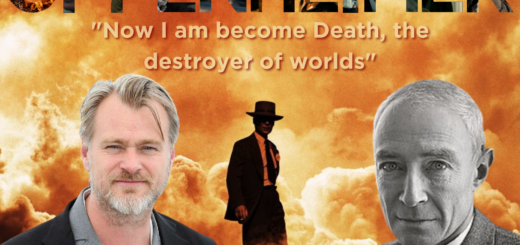
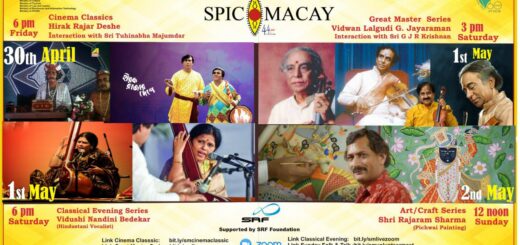
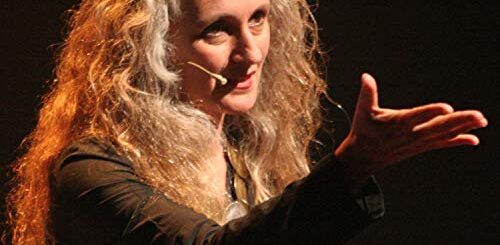




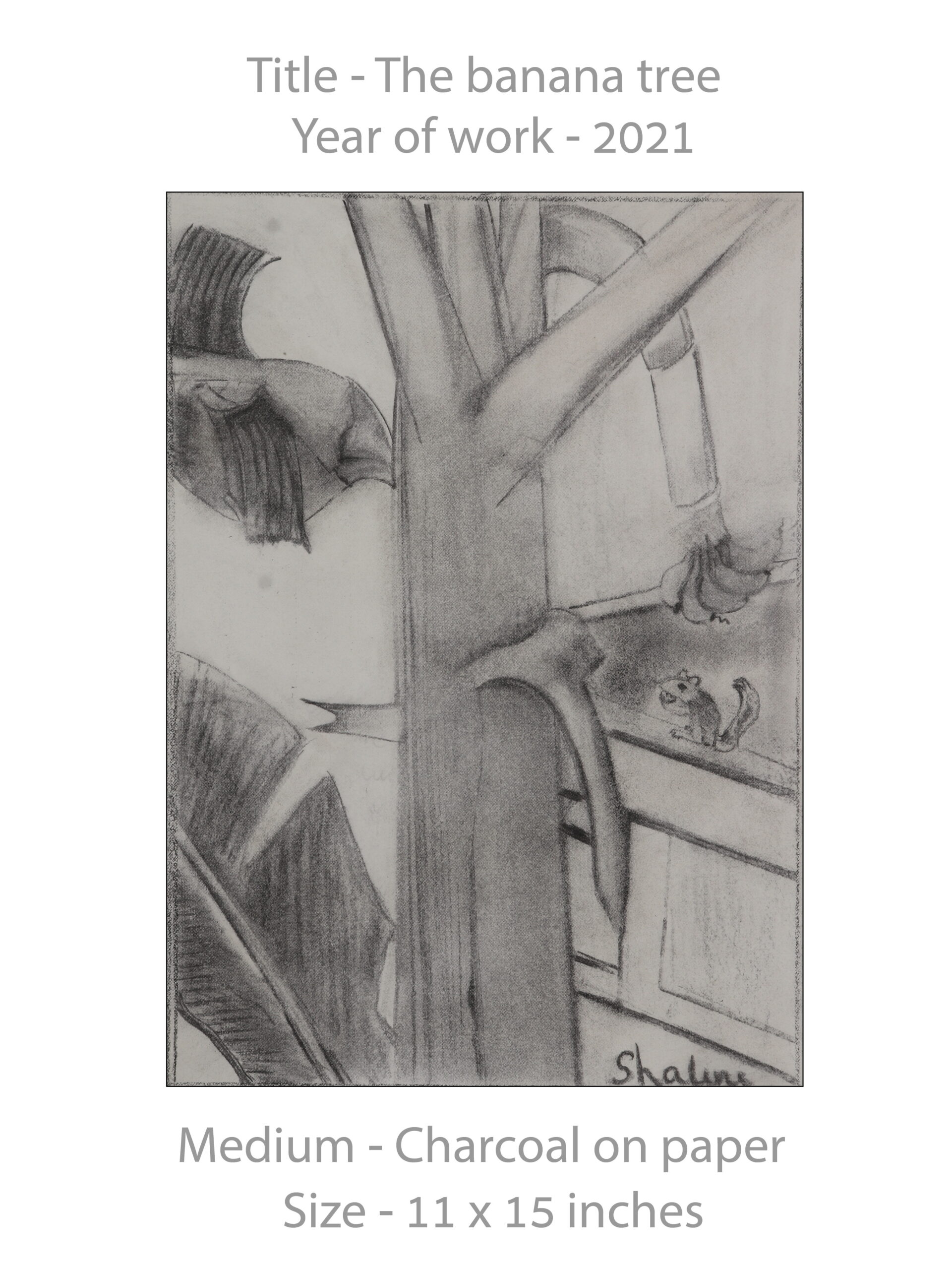
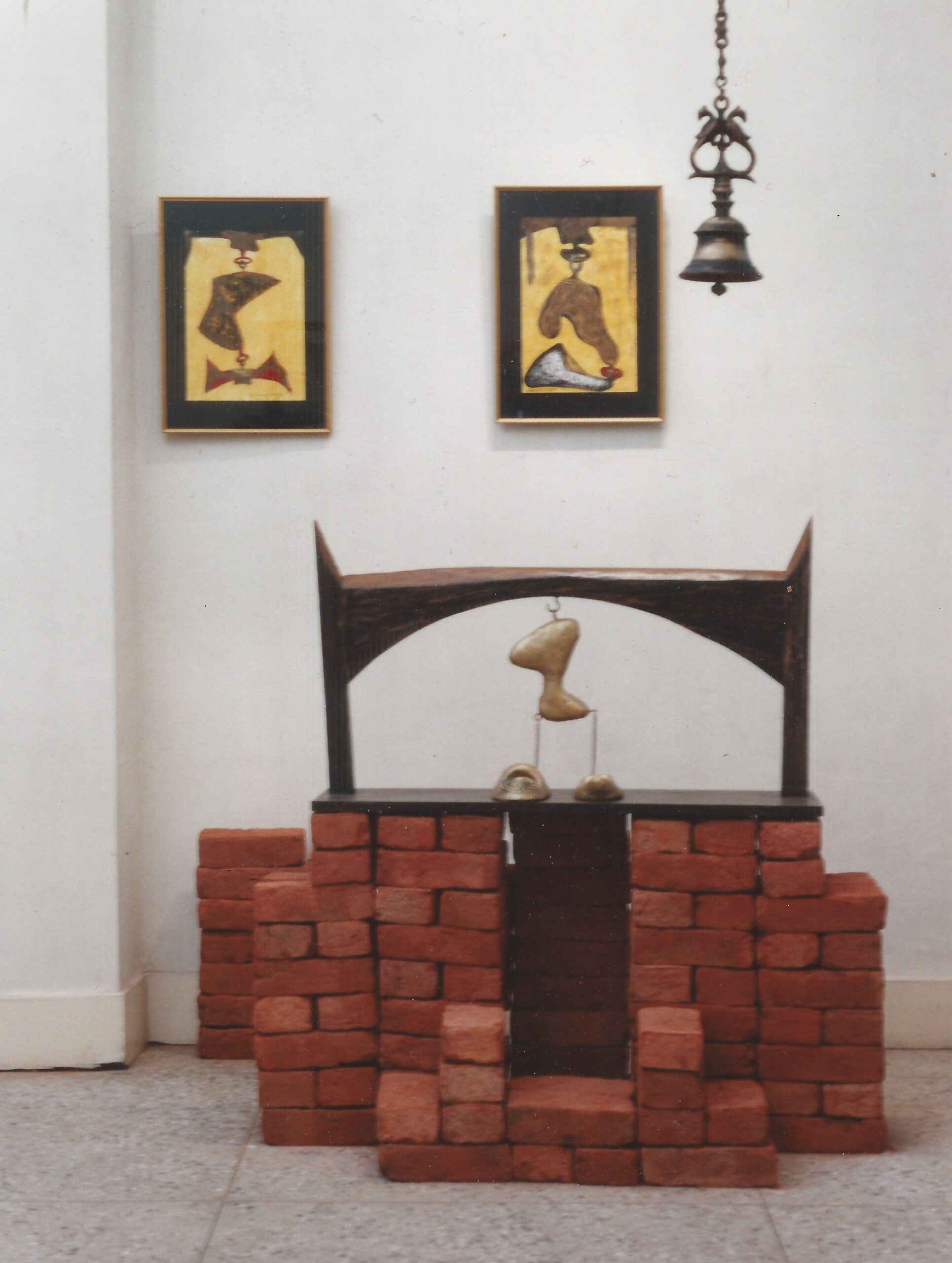
The Bengali version of the poem is_
Bohudin dhore, bohu desh ghure, bohu byay kori sheshe
Dekhiye giyachi parbatmala, dekhite giyachi Sindhu
Dekha hoe nai chokhhu melia, ghar theke shudhu ek pa phelia
Ekti dhaner shisher upor, ekti shishir bindu
Thats an interesting perspective. Thanks for enlightening us and our readers @averee chaurey